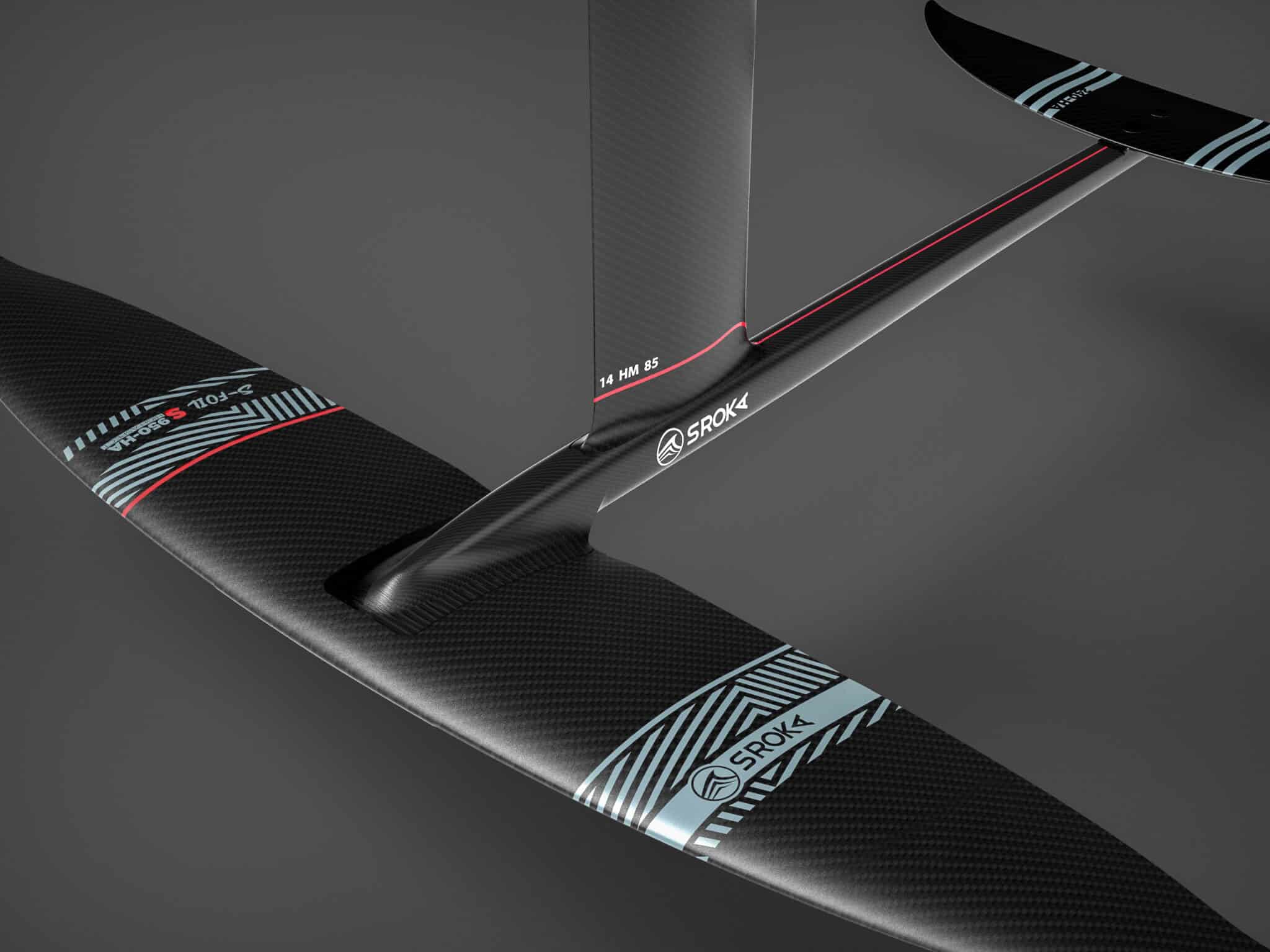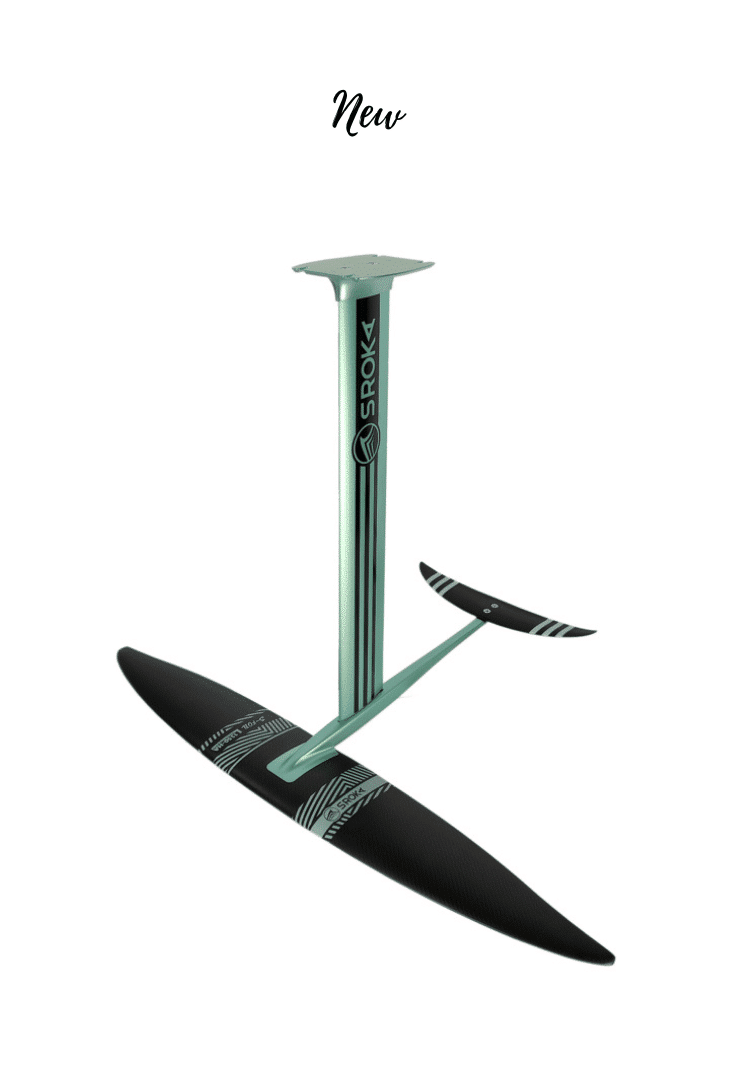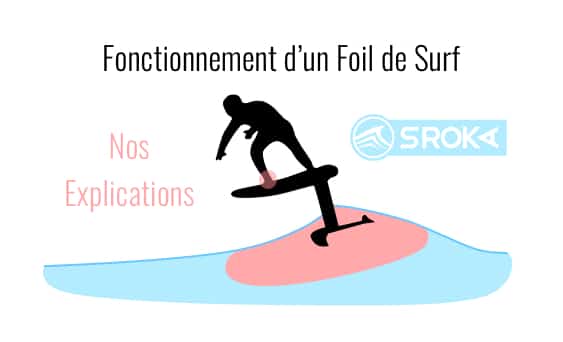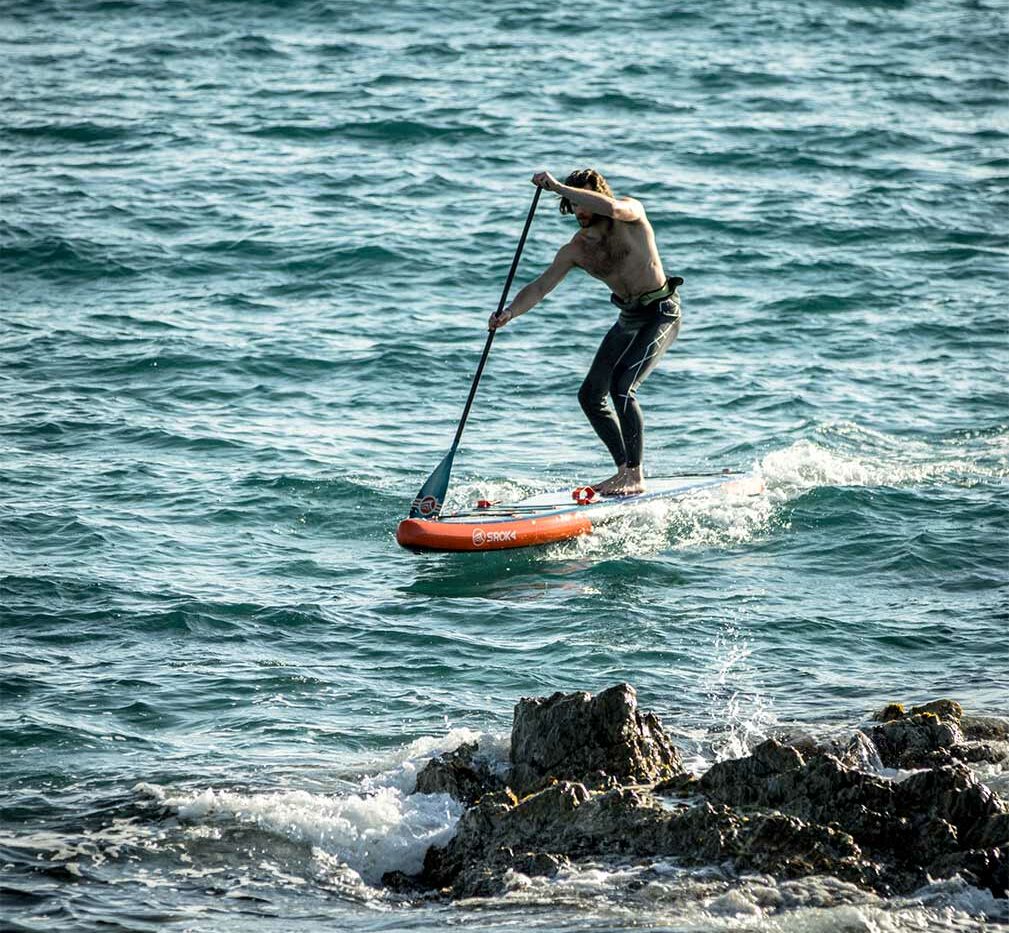 LE MAGAZINE
LE MAGAZINEFoil carbon and foil aluminum, what are the differences?

“It’s not enough to have the carbon designation to have a faster foil compared to an aluminum foil.”
Foil carbon and foil aluminum, what are the differences?
| Criteria | Foil aluminum | Foil carbon |
|---|---|---|
| Price | Less expensive | More expensive |
| Resistance | More solid and shock-resistant | Dislikes shocks |
| Ease of use | Easy to assemble and adjust | Faster, so finer adjustment. |
| Upgradeable | Modular according to needs and conditions | Also modular, but each room costs more |
| Durability | Robust but sensitive to corrosion, 100% recyclable | Durable and resistant if well maintained, but sensitive to impact, not recyclable. |
| Weight | 4.7 kg | 3.5 kg |
| Maintenance | Requires disassembly and rinsing as often as possible. | Requires no special maintenance (occasional checking of all parts). |

First of all, let’s look at the characteristics of aluminium foils:
- Price : an aluminum foil costs less because it is mass-produced. The mast and fuselage are made of aluminum, and the winglets of fiber or carbon.
- Strength : Aluminum foils are robust and shock-resistant. A poached aluminum mast is still usable.
- Ease of use : Aluminum foils are generally easier to use, as they are more suitable for beginners with large fins.
- Scalable : you can easily and cost-effectively change the length of the mast and fuselage to suit the program you want to make.
- Combined with small fins, they can be very powerful and even faster than some carbon foils.
- Durability : an aluminum foil is perfectly recyclable (all aluminum parts).
On the other hand
- It requires a little maintenance: rinse and disassemble each session (takes 2 min).
- It is generally heavier than a carbon foil.
- Even though the mast is stiff, it’s a little less nervous than a carbon mast.
Vous aimerez aussi

Characteristics of carbon foils :
- Price : a foil carbon mast can be more expensive, even much more so, than an foil aluminum mast. An aluminum mast is mass-produced, and it is possible to produce many of them at lower cost. A carbon mast is produced by hand, and there can be up to 160 layers of carbon in a mast, which automatically leads to an explosion in manufacturing costs.
- Stability : if the foil carbon mast is well designed, it will be stiffer and more stable at high speeds. If the mast’s technical development is not optimized, there will be no gain in performance, and it may even be less efficient and less rigid than a well-developed aluminum foil.
- Performance : a foil carbon will perform better if and only if it is stiffer, with less chord and less thickness, which reduces the drag generated by the mast and therefore increases performance.
- Durability : a carbon foil requires more care because it is more fragile. It’s not shock-resistant (although any carbon part can be repaired), but it can last a long time if you protect it. On the other hand, it’s not recyclable, so choose wisely.
As we have seen, an foil in Alu has advantages and disadvantages like the foil in carbon, however
Is an aluminum foil really less efficient than a carbon foil?
We’re going to explain why this isn’t always true, and if you opt for a carbon foil, make sure you know what you’re getting into so you won’t be disappointed.
Let’s start with a few postulates so that everyone can understand what we’re thinking.
First of all, let’s imagine we’re using the same aircraft (front wing, rear wing and fuselage). We’ll concentrate on the mast, as it generates a lot of drag due to its length, thickness, profile and chord.
there is 800 times more drag in water than in air. As a result, the greater the contact surface, the greater the drag.
The contact surface is defined by the mat’s thickness, chord, profile and length.
For example:
- If two masts are identical except for their construction (one in carbon and the other in aluminium): performance will be the same because the drag will be identical.
- If a carbon mast has more chord (distance leading edge – trailing edge) than an aluminum mast with identical profile, identical size and identical thickness: it will go slower than an aluminum mast because + chord equals + drag.
- A carbon mast with a slower profile (with more thickness close to the leading board, and there are an infinite number of them) will go slower than an aluminum mast with the same characteristics (chord, thickness, height) but with a faster, higher-performance profile.
- A less rigid carbon mast (in torsion and bending) will be less stable and therefore potentially slower than a stiffer aluminum mast. In this example, it’s quite possible for an aluminum mast to be stiffer than a carbon mast, especially if the carbon used is standard (not good quality).
In short, to claim that a carbon mast is faster than an aluminum mast is totally false, as there are a huge number of parameters that influence the rigidity and performance of a mast. Test and observe carbon foils before you buy one.
So how can a carbon mast, and therefore a foil carbon mast, perform better?
To perform better, you need to be stiffer, thinner, have less rope and a more efficient, high-performance profile.
How is this possible?
To go fast, you need to shorten the mast rope (on the submerged part). Our aluminum mast has a 121mm rope, while our carbon mast has a 108mm rope. So there’s a 10% reduction in rope and a 10% reduction in rope-related drag.
To go fast, we need to make the mast as thin as possible, which means reducing its thickness. To give you an example, our aluminum mast is 18.5mm thick and our carbon mast on the lower part (where there is maximum drag) is less than 14mm. In this example, we have reduced the thickness of the carbon mast by more than 25%, and consequently reduced the mast drag by more than 25%.
The profile applied to a carbon mast must be the smoothest and fastest. The profile used on our carbon mast reduces drag by 10% compared to our aluminum mast.
Finally, the mast must be as rigid as possible in torsion and bending. This is the most complicated part, because to be rigid you need :
- A perfectly studied draping plan to reduce torsion and bending. (A mast with too much torsion cannot be used with large wings like a 1m40 wing. It won’t be able to withstand the lateral effort and will lead to parasitic movements and uncontrolled movements that will make your sailing uncontrollable at times.
- More carbon for maximum stiffness. At SROKA, our carbon mast is a mast with over 140 layers of carbon. The lower part of the mast is completely solid. There is no foam, which optimizes rigidity and torsion.
- High-modulus carbon fibers. As a result of all these drag-reducing surface reductions, our mast is made from 100% high-modulus M40 J fibers, which guarantee lower elasticity and greater rigidity. Most of the time, this type of carbon is used in F1, aerospace or aviation. However, it should be noted that this carbon is much more expensive, and therefore adds to the overall cost of a mast. A high-performance carbon mast is therefore an expensive mast. Few brands of foil make 100% carbon masts with high modulus fibers.
In a nutshell
To sum up, for a carbon mast to be more efficient and allow you to go faster, you need to reduce the thickness of the mast, reduce the thickness of the rope, have a fast profile, increase the amount of carbon in the mast (because by reducing the rope and thickness, the mast becomes more supple) and finally use high-modulus fibers to optimize rigidity for a responsive and fast foil.
In this case, and only in this case, a foil carbon is faster than a foil aluminum.
“It’s not enough to have the carbon designation to have a faster foil in comparison with an Aluminum foil.”
At SROKA we really want to push back the boundaries of Foil carbon and create a real difference compared to aluminum masts.
So we’re offering you a 100% carbon mast with high-modulus fibers, slimmer and stiffer than our aluminum mast, which is already a benchmark.
Boost your performance with our Elite HA 14mm carbon mast. You’ll gain over 25% more performance than a SROKA aluminum foil and almost 40% more performance than other competitive foils.
If you have any further questions, or if you have any other requests, please don’t hesitate to contact us!
 Le Magazine
Le Magazine















